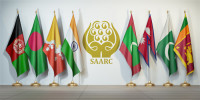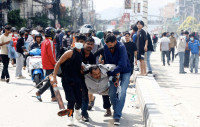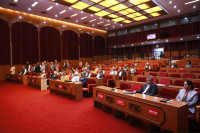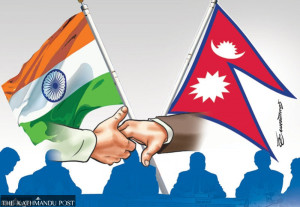Columns
Beyond symbolic activism
For genuine change, the 16 days of activism against gender-based violence should engage rural people.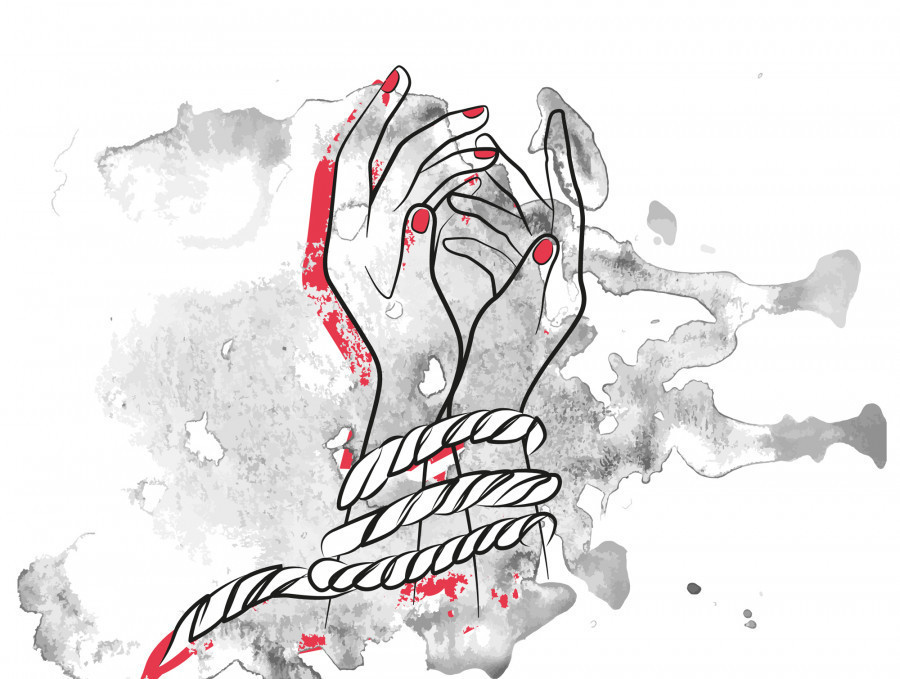
Bhawana Upadhyay
While I was attending the Asia-Pacific Ministerial Conference on the Beijing+30 Review last month, I received a WhatsApp message about the rape of an 8-year-old girl by a teenage boy of the same community in Madhumara, Biratnagar. This was yet another example corroborating the UNICEF data, which claims that over 370 million girls alive today, or one in every eight worldwide, have experienced rape or sexual assault before the age of 18.
According to the World Health Organisation Violence Against Women Prevalence Estimates and UN Women’s Women Count 2021, the proportion of women who report having experienced physical or sexual violence by an intimate partner in their lifetime in many countries across Asia and the Pacific is significantly higher than the global average of 27 percent. Violence against women and girls (VAWG) in the Asia-Pacific region is perpetrated through sexual harassment, menstruation stigmatisation, marital rape and lack of access to hygiene products, dowry-related violence, forced and child marriage, digital harassment and cyber violence.
One estimate suggests that domestic violence is the primary form of violence against women and girls prominent in Nepal’s Terai region provinces, especially in Koshi and Madhesh. Sexual violence is another alarming issue, with 56 percent of such cases classified as rape, where 40 percent of the survivors are minors. For example, in Madhesh Province, 52 percent of survivors are under 18 years, and husbands are identified as perpetrators in 40 percent of the cases.
Across all seven provinces, other common violence against women and girls are related to human trafficking, witchcraft accusations, child marriage, acid attacks and dowry. For example, the practice of dowry-related violence is perpetrated by husbands alone or jointly with in-laws, who are responsible for 83 percent of such cases. This highlights the continued societal pressures and expectations on the families of brides to provide gifts, properties, cash, etc., in the form of dowry. If the families fail to meet these demands, the in-law’s unmet expectations often result in brutal violence. Many young brides suffer abuse and are even killed because of their families’ inability to meet dowry demands.
In 2019, Muskan Khatun, a 14-year-old girl, survived an acid attack after rejecting the advances of Alam, a 17-year-old relative. Muskan's father talked to Alam and told him to stop pursuing her. Instead of listening, Alam attacked Muskan with acid. Likewise, the recent case of 28-year-old Mamta Kafle, a former resident of Manassas Park, Virginia, has confirmed that Nepali women are not safe even on foreign soil. Kafle has been missing since late July this year, and her husband, Naresh Bhatt, has been charged with her murder. Based on the evidence collected by the police so far, it seems that he brutally killed her in their residence and concealed her body after committing the crime.
As I write this piece, several unanswered questions are coming to mind, and I want to focus on two key ones. Based on the data and facts, it is clear that most domestic violence perpetrators are often relatives and family members—sometimes even females. What drives these individuals to commit such acts? What measures can we implement to reduce the occurrence of such heinous crimes?
In light of the pervasive violence against women and girls, we have engaged directly or indirectly with governments, non-governmental organisations (NGOs), UN agencies and civil society organisations to take decisive actions to minimise the risks and create a violence-free environment over the years. However, making a significant impact on reducing VAWG and achieving targeted results still seems a far cry.
Many of us have participated and contributed to the activities during the 16 Days of Activism against gender-based violence (November 25-December 10), usually portrayed as a festivity to raise awareness on violence against women and girls. Nevertheless, it often comes off as mere media hype, an ad hoc affair designed to tick boxes and fulfil donor requirements rather than a sincere drive for a genuine change.
Such activities are primarily concentrated in cities, leaving rural districts and communities largely unengaged. This reflects a cookie-cutter and cherry-picking approach. As violence against women and girls is increasing at an alarming rate in remote areas, such approaches will not effectively minimise the risks associated with such issues in the long run. As a civilised society, we have failed to hold accountable the perpetrators of the rape and murder of 13-year-old Nirmala Pant from Kanchanpur, an event that shook the nation.
It is time we stopped pointing fingers at each other and thoughtfully pursued coordinated efforts to change our usual ways of doing things to end violence against women and girls.




 9.12°C Kathmandu
9.12°C Kathmandu

